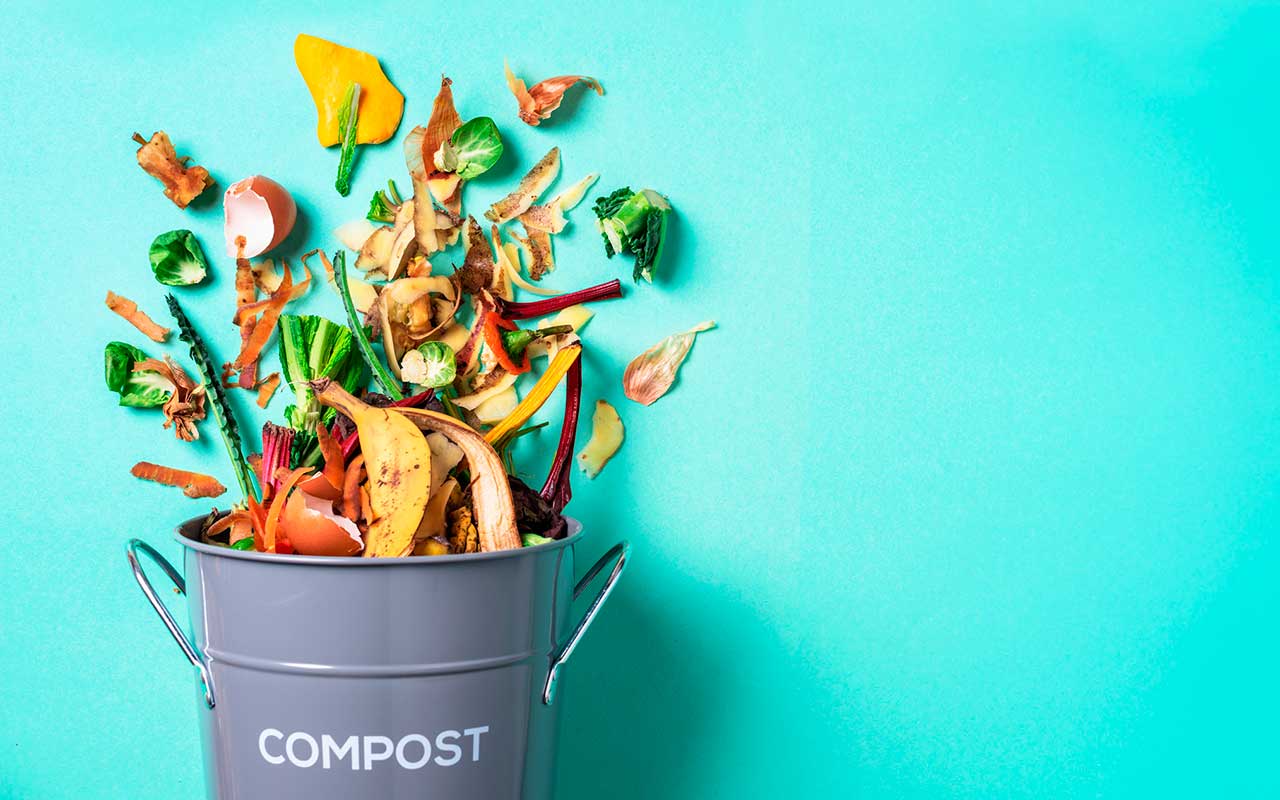Our Environment, Animal Tips & the Great Outdoors

Food Waste
Ever paid any attention to how much and how food goes to waste in your household over the course of a week? No matter whether it’s a family of one or of 13, it’s going to happen. The question is, to what extent? And what are the impacts on your household finances and the global environment?
Let’s take this right from the top, with a United States Department of Agriculture statement on food loss and waste: “In the United States, over one-third of all available food goes uneaten through loss or waste. When food is tossed aside, so too are opportunities for improved food security, economic growth, and environmental prosperity.”
How to look at it
There are – at least – two ways of looking at this. One, with “an estimated 17 percent of total global food production wasted in households, in the food service and in retail all together,” according to the United Nations, globally “between 691 and 783 million people faced hunger in 2022.”
Two, food waste that has entered the waste stream unleashes its own set of problems, according to the New York State Department of Environmental Conservation, which estimates that Americans waste approximately 25 percent of the food they purchase “by not preparing food before it goes bad and by not eating all the food we do prepare.”
The consequences are numerous, including adding to landfills, where food waste ultimately generates methane gas through the anaerobic decomposition process. In turn, methane, known as a greenhouse gas, contributes to climate change. Further, the wasting of food contributes to the wasting of resources, as growing, packaging, transporting, and refrigerating food uses labor, water, and energy.
In terms we can all understand, that of dollars and cents, Total and Per Capita Value of Food Loss in the United States by Jean C. Buzby and Jeffrey Hyman estimates the value of uneaten food per household in the United States at around $1,000 per year.
Why it’s wasted
The Boston-based Conservation Law Foundation posits a number of reasons for all the food waste. Let’s try these on for size: confusing labels, oversized servings, the quest for perfect produce, and overstocked shelves. The T.H. Chan School of Public Health at Harvard digs in a little deeper, fingering factors all along the spectrum from farm to consumer, such as losses from mold, pests, or inadequate climate control; losses from cooking; and intentional food waste.
Broken down, the Chan School states that “food ‘loss’ occurs before the food reaches the consumer as a result of issues in the production, storage, processing, and distribution phases; and food ‘waste’ refers to food that is fit for consumption but consciously discarded at the retail or consumption phases.” Among its recommendations: the recycling of food waste to feed animals or to create compost, bioenergy, and natural fertilizers.
On the local level
The Columbia County government saw fit in 2023 to introduce a Rube Goldberg-like contraption – an EcoRich Elite II aerobic composter/digester – into its waste management operation. In time, this type of program is likely to be mandated across the state, whether it’s through an EcoRich system or other means, in the effort to put a serious dent in the food waste component of the waste stream.
The EcoRich composter is a fully automated way to convert food waste into a nutrient-rich soil amendment that can, for instance, be added to landscaping and other plantings. The composter reduces 100 pounds of food waste to as little as 10-15 pounds. It is designed to hold up to 1,000 pounds of food scrap, which is heated and churned electrically for 24 hours, then allowed to sit for 21 days.
“Out of all the food waste we generate in this country, only about five percent is being composted,” said Columbia County Solid Waste Department director Wendy Madsen recently. Judging from a ReFED (refed.org) calculator and taking the county average of 1,000 pounds of food scraps per week, the EcoRich composter is eliminating 2.59 tons of CO2 each week. Further, the reduction of food scraps can help alleviate some of what would traditionally wind up in a landfill.
Here in the United States, where our society is conditioned to treat nearly everything as disposable, Madsen said, “We seem to over-purchase just about everything, and then you don’t use everything, so then it spoils and goes into the trash. In my household, we know it going in. We buy the lettuce, so we need to eat the lettuce. But then, by the time we get to it, it’s already spoiled. We’re trying to be more mindful here but it’s really easy – you go to the grocery store and everything’s super accessible. Things smell good, and you’re not going off a list, and people are overspending anyway, so it’s just buy-buy-buy.”
Everyone chortled when livestock were outed as among the top methane producers on the planet. Perhaps they should’ve started with the humans. •


